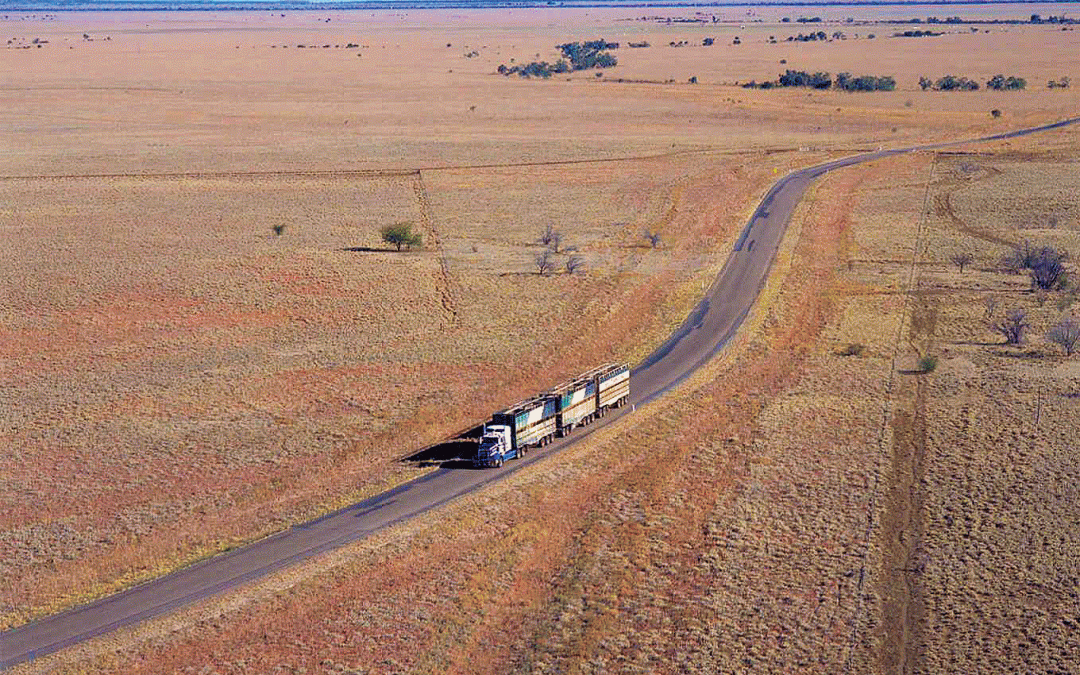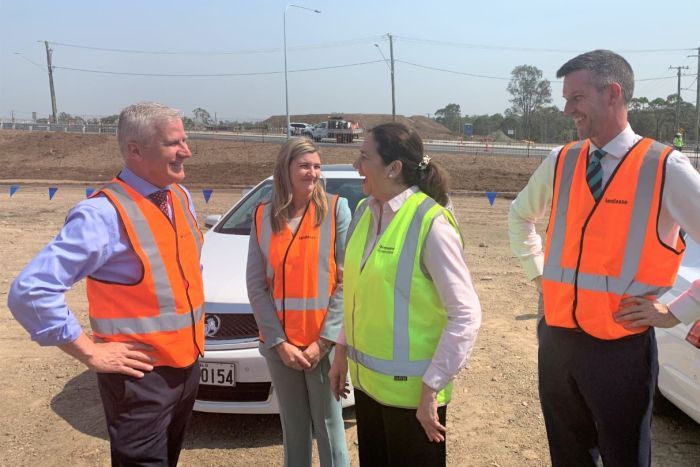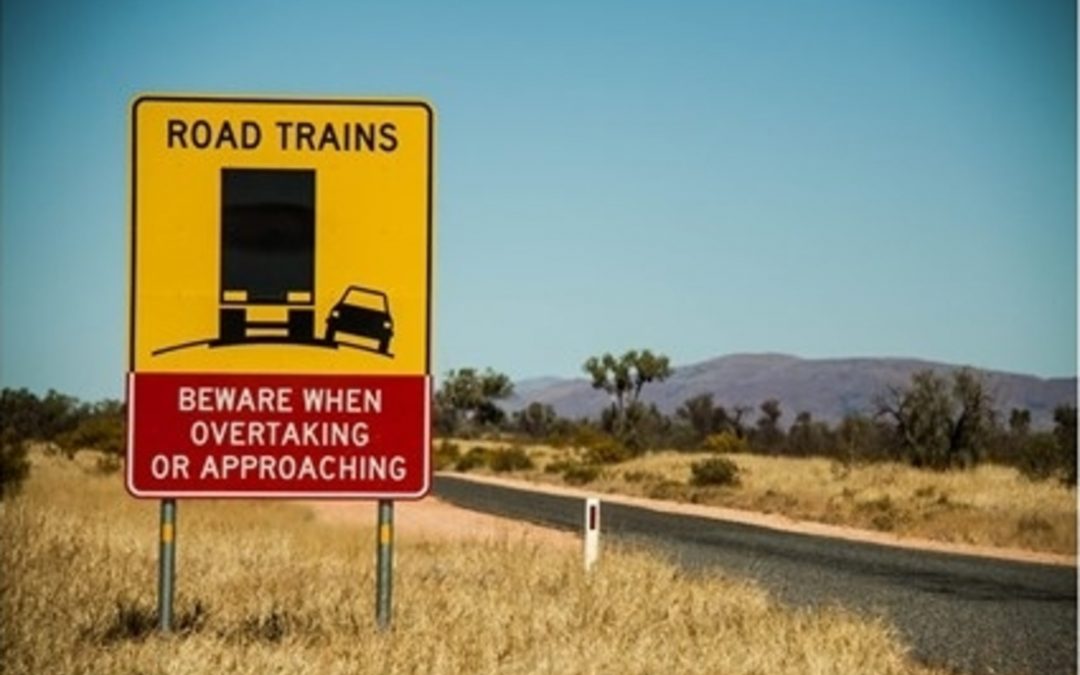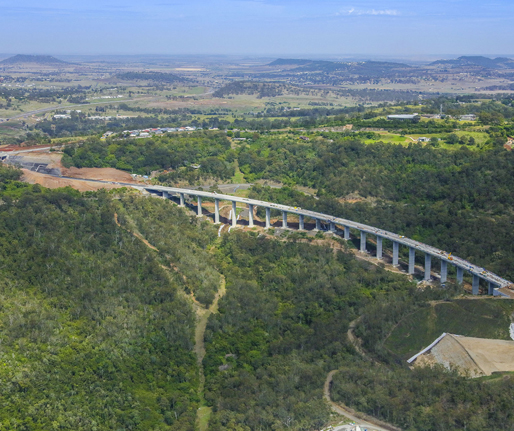
Future Fuels Strategy falls short – Why buy an EV?
The Future Fuel Strategy currently out for consultation lays out the Government’s plans for electric vehicles (EV) and alternative fuel vehicles infrastructure and policy. The strategy is backed by a $74.5 million Future Fuels Fund primarily aimed at providing for refuelling/charging infrastructure, and the provision of information to consumers on their options through a Green Vehicle Guide. The strategy follows similar theme to the Technology Investment Roadmap and other policies creating a consistent message that the Government believes the supply of technology will meet consumer expectations and consumers will address emissions reduction of their own volition.
While there has been a significant swell of interest in alternative fuels, electric vehicles and hydrogen vehicles will this translate into vehicle sales?
What the figures tell us
Looking at recent sales data there were 6,900 EV’s sold in Australia in 2020 accounting for 0.7% of total Australian car sales. Maybe consumers are not rushing out to buy low and zero emissions vehicles.
The National Transport Commission found that if people who purchased new vehicles in 2019 had chosen the best-in-class for emissions performance, Australia’s average carbon emissions intensity would have dropped 63% to 67 g/km. Unfortunately this was not the case nearly 50% of 2020 total sales were larger vehicles SUVs and Utes, led by Toyota HiLux ute 45,176, followed by the Ford Ranger 40,973 (RACQ 2021).
European markets actively discourage high emissions vehicles through pollution and other taxes. The result being the mid-sized SUV market has shrunk to 6.4% 2020 and EVs have increased from 3.8% in 2019 to 10.4% in 2020. We are well behind and consumer preference for heavier SUVs negates any reduction achieved by purchases of an EVs.
Vehicle emissions CO2
| Australia 2019 | National average light commercial vehicles sold | 180.5 g/kg |
| Europe 2018 | Average of available data | 120.4 g/kg |
| Japan 2017 | Average of available data | 114.6g/kg |
| USA 2017 | 145.8g/kg |
Austroads recent report recommended policy makers consider two important factors:
- Accelerated support for new electric vehicle sales is insufficient on its own to bring roads sector emissions in line with a net zero emissions outcome in 2050.
- Incentives to accelerate the retirement of inefficient internal combustion engine vehicles are also needed to transition the national fleet more in line with net zero emissions by 2050.
Scott Morrison famously accused Shorten of ‘ending the weekend’ with Labor’s policy to set 2030 electric vehicle targets at 50% new car sales. Australian’s like the idea that they can jump in their SUV and go camping and fishing. They haven’t considered yet where EV’s fit into this aspiration.
International examples
International examples demonstrate the uptake of electric vehicles has been most successful with a combination of incentives, clear emissions targets and policy that drives cultural shift away from fossil fuel dependence.
A study of three early adopter countries the Netherlands, Denmark and Norway found the ingredients for successful policy that drives adoption are a mix of:
- Coordinated charging infrastructure.
- Information about the technology options.
- Incentives that mirror the actual carbon footprint of the vehicle.
- Non-financial demand side incentives like free toll roads, free parking, use of bus lanes etc.
- Support for energy policy and legitimising e-mobility in the community.
Full Electric cars made up 52% of Norway’s new car sales in 2020 up from 42% in 2019. Norway has vast reserves of petroleum, natural gas, iron ore and coal yet it has pursued a carbon neutral agenda. It is a leading example for Australia of what can be achieved with clear policy objectives to reduce emissions.
The Future Fuel Strategy focuses on stimulating supply side, building charging infrastructure and providing consumer option but remains silent on demand side incentives successfully trialled in other OECD countries. In short, the policy lacks the ‘why’. Why change to a low or no emissions vehicle?
Nissan Australia chief executive Stephen Lester said
Australia’s lack of leadership in embracing electrified cars was out of step with the world’s leading economies and there was no reason that Australia could not be a global leader in the uptake of the technology.
Stephen criticised the lack of incentives and demand side policies including the absence of an emission reduction target.
Trucks
The transport sector in Australia has not been asked to examine its energy use or provided any targets for reduction in emissions. More energy is now used in transport than in any other sector of the economy. Transport is also the fastest growing sector in terms of energy use, and is projected to increase to 32% of all primary energy in 2045–50 (Australian Alliance for Energy Production)
The Emission Reduction Fund has not been utilised by the transport sector. The Future Fuels strategy suggests the complexity of the scheme, reporting requirements etc. require more work than the average pay back from the program. Only one company has successfully utilised the fund by shifting freight off road onto rail.
Australia has one of the oldest freight fleets of the OECD averaging 15 years compared to Europe 5 years. Almost 42% of the nation’s truck fleet above 4.5 tonne GVM was manufactured before 2003 when basic, or no, exhaust emission regulation existed. This figure consists of 119,448 (25.8%) pre-1996 trucks with no emission standards and 73,441 (15.9%) post-1996 pre-2003 trucks with elementary emission control systems (TIC).
This is primarily due to a lack of emission targets or any requirements to reduce energy consumption. Heavy Vehicle manufactures in Australia have called on the Government to mandate the requirement for more fuel efficient Euro VI vehicles. Currently Australia is one of the last countries in the OECD that supports EURO V and as such international fleet providers are not investing in the Australian market.
Australian EV truck sales are also languishing with some distributers pulling alternatives off the market due to low sales. In 2017 only 44 alternative fuel vehicles were sold (Truck Industry Council).
The time horizon required to turn over the fleet to meet carbon neutral 2050 suggest progress from 2020 is necessary to achieve this goal.
Is the Future Fuel Strategy preparing a pathway to transition?
Is it enough to encourage people to move out of their comfort zone and try an electric vehicle?
It has some of the how, funding for infrastructure, opportunities to increase consumer choice, but none of the incentives to nudge people into transitioning away from fossil fuel vehicles.
I hope you will take the time to read the Future Fuel Strategy and have your say.





